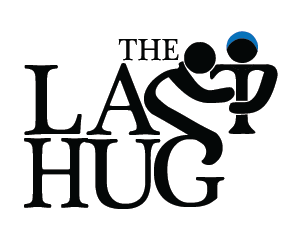Brown Miller is a creative professional in Palm Springs, CA who has studied and supported the arts through volunteerism and civic engagement, pro-bono media production and advocacy/activism. Brown has recently found his own voice as a creative photographic artist exploring the use of modern digital image projection in studio-based still photography.
A lifelong fascination with projection—from childhood 8mm films to nightclub visuals in San Francisco—has evolved into a unique method of layering history and imagination directly onto the surfaces of living bodies and physical objects. Creating a chronical of personal memories and their intersection with cultural histories and universal axioms is Miller’s goal. “I used to think I needed to achieve [this goal] by documenting and journaling and promoting the work of artists and activists, weaving their creative output with articles describing the personal journey behind the work.” Through projection-based photography, Miller constructs interdimensional spaces, opening windows into dreams, cultural memories, and collapsing lifetimes into a single frame.
Miller debuted his creative photography with a deeply personal set of images at the 5th Annual Juried Photography Exhibition at Stephen Baumbach Gallery in the Backstreet Art District in Palm Springs, CA.
Now a year later, at the 6th Annual Photography Exhibition, Miller is presenting three new pieces as a preview of the upcoming exhibit The Last Hug. This new work extends the storytelling potential of his projection photography process to focus on a subject with a distant memory that still returns to him in dreams even after four decades.


Miller wanted to apply his methods to create fine art pieces that commemorate personal histories and revive some relics packed away in attics and basements. In particular, the life stories of older gay couples who had first hand experiences of the AIDS crisis, civil rights struggles, and anti-gay violence. In Palm Springs there is a concentration of couples like this. So, he has an exceptionally wide field of subjects to work with. Taking an unconventional approach, Miller invites his friends to join him in exploring this conceptual media production method as a therapeutic process to revisit old memories and hopefully to aid in healing from past traumas.
The Last Hug is a collaboration, a cultural artifact, and a warning. As civil liberties erode and history is scrubbed from public consciousness, Miller sees this work as both preservation and protest. “We are not safe in our little bubbles of supposed liberalism,” he writes. “We need to catch up on decades of neglected intergenerational conversations because our stories are relevant, more so now than ever.”
While using modern digital tools, Miller’s process corrals them into the realm of projection visuals. By physically casting the digital creations onto human canvases and physical backdrops, the ridged, mathematical feel of digital composites is softened and textured. Each pixel becomes a beam of photons passing through dusty or foggy air, colliding with substances and being reflected, refracted, absorbed, or modulated by them. They become part of the physical scene, a stage on which subjects can reenact distant memories or immerse themselves in visualizations of their dreams. The final photos are snapshots of moments in the subjects’ performance captured with a single shutter release.

